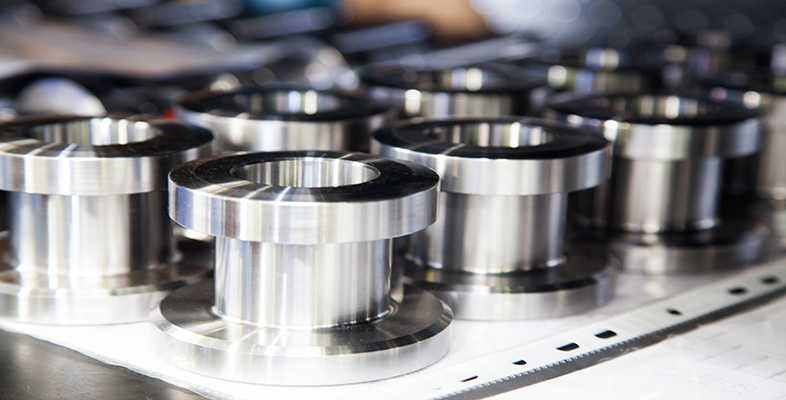4 Cutting
4.1 Introduction
Cutting is perhaps the most familiar type of manufacturing process. Whilst few of us have cast polymers or formed metal, shaping material by cutting is part of everyday experience. I am sure you have used scissors, saws, files, chisels or even sandpaper at some time in order to remove unwanted material. These are all mechanical methods where a force is applied through the cutting tool (whether it is the grit in sandpaper or the metal edge of a saw) to the material, and a cut is made on a macroscopic or microscopic scale.
Cutting is often used as a secondary or finishing process where the product to be cut will have been made by one of the processes described earlier. On a similar basis, if you do any DIY at home using wood then you will purchase ready prepared timber as a starting point rather than manufacturing it from the raw material, in this case trees. You may have to cut the timber to size to do a particular job, but a number of previous processes will have produced material of suitable dimensions, saving time and a lot of hard labour.
There are a number of reasons for using cutting as a secondary manufacturing operation in the production of a particular artefact:
-
to improve dimensional accuracy;
-
to improve the surface finish;
-
to produce geometrical features such as holes and slots, which are difficult to produce in the primary manufacturing process.
Indeed, the majority of components produced by forming and casting require some subsequent material removal before reaching service.
However, in some circumstances it can be more economical to produce the basic product shape by cutting from solid rod or plate (although some form of shaping will have been used to manufacture even these basic starting shapes), than by any other process. As cutting typically uses machines with little dedicated tooling, this is particularly true for low production runs.
If the material costs for the product are low, then the waste from cutting will constitute only a minor part of the overall cost. The inherently poor material utilisation of cutting processes can be tolerated and automation can make cutting attractive at much higher production volumes. Cutting can then compete directly with casting and forming for the manufacture of some products.
Exercise 3
-
What advantages are gained by using cutting as a finishing process?
-
When might it be reasonable to use cutting as a primary manufacturing operation?
Discussion
-
Cutting gives good dimensional accuracy and a good surface finish. It can also be used to produce holes etc., that would otherwise be difficult to introduce into the product.
-
Cutting is a feasible manufacturing operation for small runs, where the cost of tooling is relatively low, or if waste generation is not expensive.
